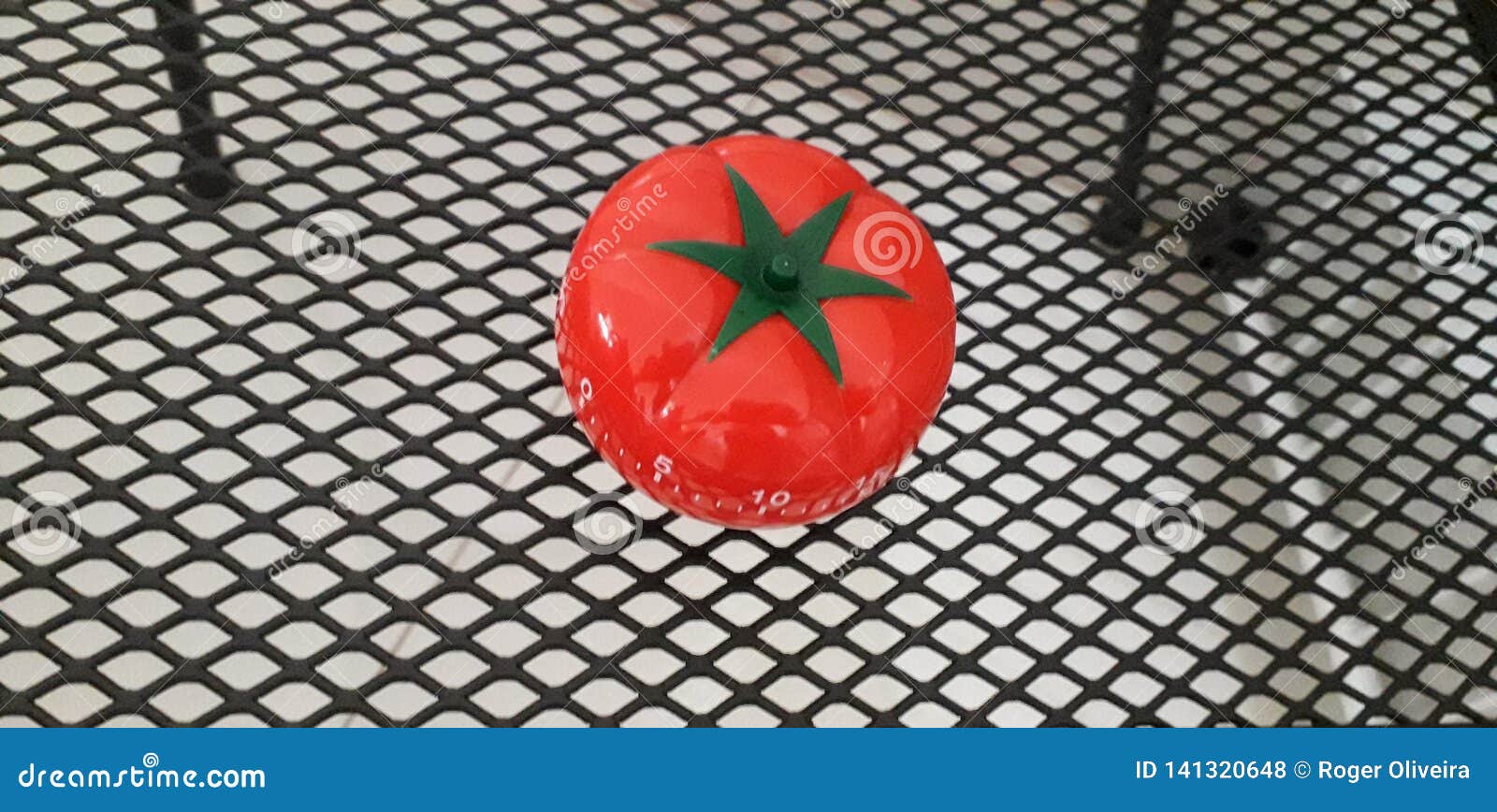
Additionally, you will find it rewarding to actually see the “to-do” list start shrinking and replaced by a “done” list. As you check things off your list, you are giving yourself feedback about what you have accomplished, which will help you in the future to set goals and timelines for completing work. This chunk is followed by a short, 5 minute break. After 25 minutes, the timer will ring, signaling you to stop the work, and record what you accomplished. Next, you set the tomato timer or other app or timer and then get to work. Each chunk of time is 25 minutes, and is a session of uninterrupted work. First, you create a task-list of what needs to be accomplished and estimate how many “chunks” or “pomodoros” are needed. How does it work? The Pomodoro Technique is a way of taking your study time and chunking it into small, bite-sized pieces, and self-monitoring what you accomplish while you work. I apply the Pomodoro Technique when coaching and tutoring my students at The London Learning Center, and have seen first hand the positive results and impact. This simple time management tool has been proved to help students gauge how much effort and time academic tasks will require. Sometimes time can be your worst enemy if you have too much time, some ask, “Why bother starting, yet?” If you don’t plan enough time, you’ll rush and might end up with a product that is not your personal best. Why try it? The Pomodoro Technique helps you plan what you need to do and avoid procrastination.
#Tomato timer memory technique how to
Another essential component is that keeping track of time includes tracking the time taken to do the work itself and also how to effectively take important, but limited, breaks when studying.


An essential component of the Pomodoro Technique, beyond keeping track of time, is that it requires one to actively plan out each study session and to be thoughtful about what tasks to accomplish. We can use apps on our phones and the popular TimeTimer. Pomodoro means “tomato” in Italian, and the popular icon associated with this time management measure was the old-fashioned tomato-shaped kitchen timer.

Since then it has been used by professionals to promote productivity. What is it and what is special about this timer? The Pomodoro Technique is a time–management tool developed in the 1980s. Let’s start with the tomato shaped timer. What do a tomato shaped kitchen timer, a checklist, classical music and a pet have in common? When it comes to studying for a test, these are all suggested enhancements and techniques that students with challenges focusing and with time management might find helpful to improve their procrastinating tendencies.


 0 kommentar(er)
0 kommentar(er)
